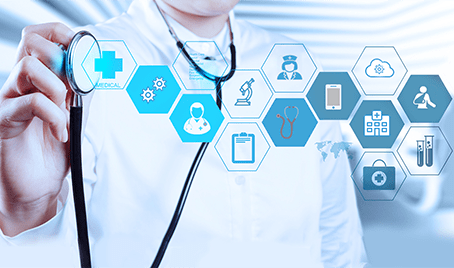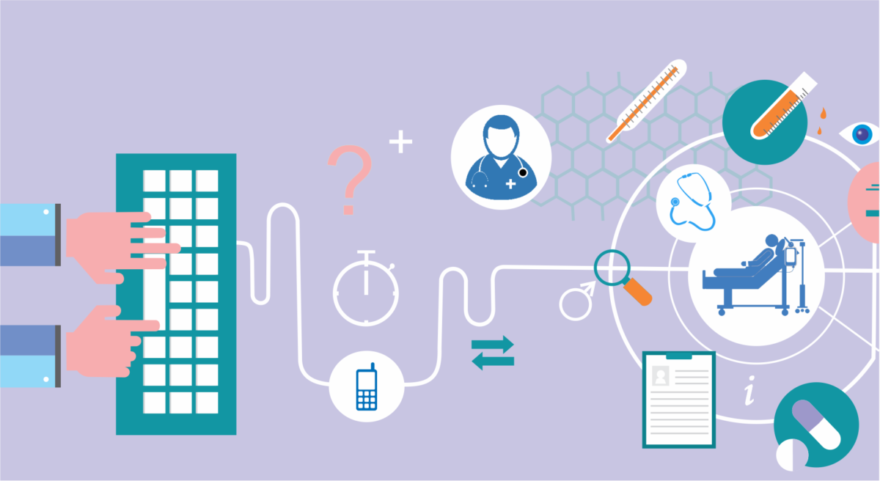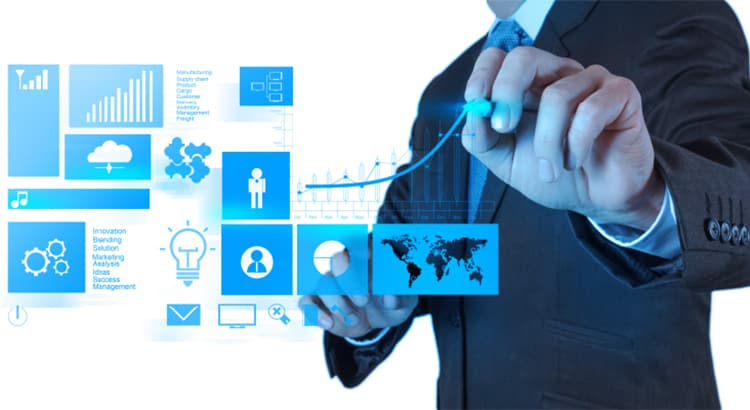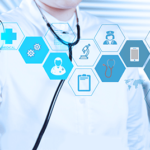The many advantages of Caresoft Hospital Management System
Hospitals are currently using a manual system for the management and maintenance of critical information. The current system requires various paper forms, with data stores spread throughout the hospital database. The information is often incomplete and does not serve management’s purpose. Properly implemented software can help bridge this gap.
In a nutshell some major benefits of Caresoft Hospital Information System can be outlined as below:
I. Immediate access of data
II. Friendly User Interface
III. Less Paper Work
IV. Give facility of different type of inquiry
V. Data can be easily inserted / updated / deleted with administrative control
VI. Data is available anytime, anywhere, any device. Compatible with all devices.
VII. Least manpower required
VIII. Instant and accurate treatment possible
IX. Online claim settlement possible
X. Dedicated support from software vendor team
XI. Procurement of drugs, medicines, instruments at optimum level. Thus saving huge cost.
XII. Minimize delay in supply chain management. Logistics can be handled efficiently.
XIII. Powerful search features let you find information instantly
XIV. Complete access to entire medical history of a patient
XV. Helps in clinical researches
XVI. Record patient’s information using many means such as patient’s ID, the time of diagnosis and so on.
The Hospital Management System (HMS) is designed for Any Hospital to replace their existing manual, paper based system. The new system is to control the following information; patient information, room availability, staff and operating room schedules, and patient invoices. These services are to be provided in an efficient, cost effective manner, with the goal of reducing the time and resources currently required for such tasks. A significant part of the operation of any hospital involves the acquisition, management and timely retrieval of great volumes of information. This information typically involves; patient personal information and medical history, staff information, room and ward scheduling etc.
Having good Hospital Management Software provides the ability to exchange health information electronically which can help you to provide high quality and safer care for patients while creating tangible enhancements for your organization. It results in better health care service and efficient management.
Keeping and recording data in a traditional way is very hectic and takes up a lot of time and space. Every industry is now automating their functions. Hospitals are also now adopting Hospital billing software to ease up their work. Here we point out the advantages of Hospital Management Systems.
Caresoft HMS is a completely automated as well as convenient infrastructure for the health care industry. It’s a hospital management system with much better user interface, enhanced efficiency and increased number of modules. Caresoft HMS works for a big deal to bring value for the words ‘care’ and ‘comfort’ in a hospital scenario.









